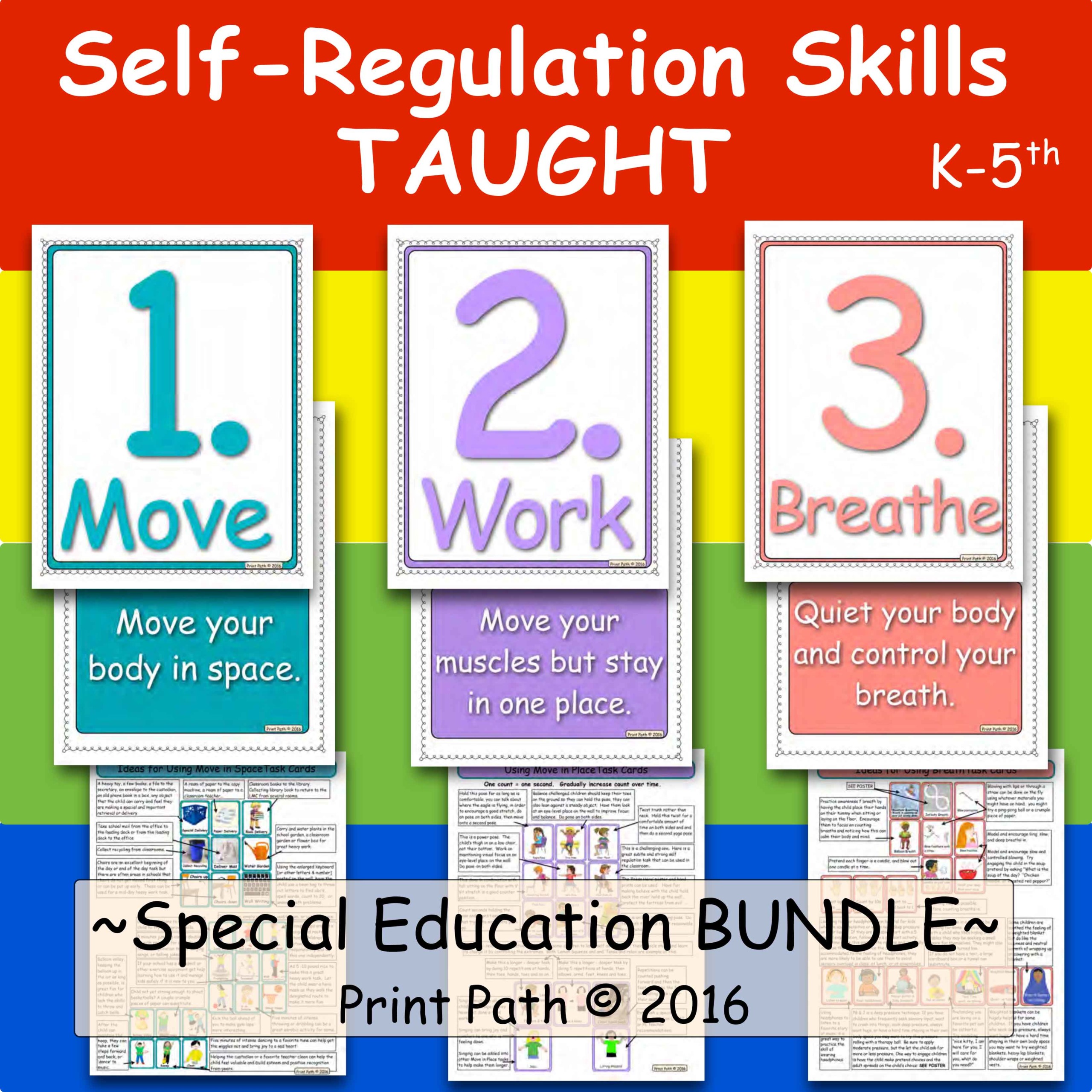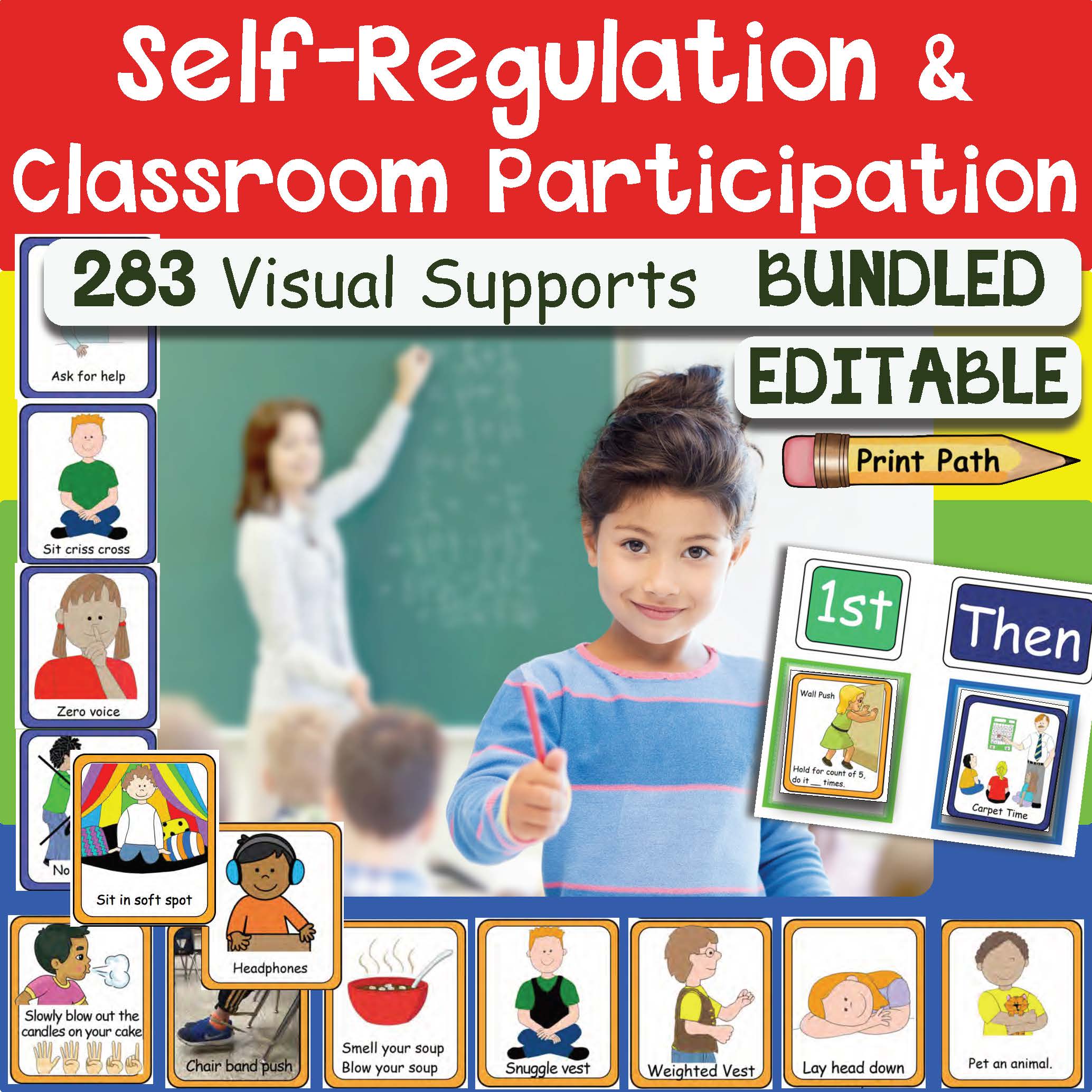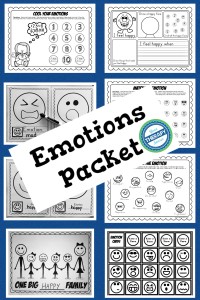How to Help with Emotional Dysregulation in Children

Do you feel like children seem to have more difficulties with self-regulation? Maybe your own children or you see other children acting out more than ever. Parenting has changed so much over the last few decades making the job impossible on many days. Here are a few suggestions to help with emotional dysregulation in children.
Did you know that children’s abilities to self regulate and control their emotions are influenced by their environment? View more about why self-regulation skills are important in this short video.
What Has Changed Over the Last 10 Years?
First, stop and think about the daily routines of today. We know self-regulation skills are crucial for child development so what has changed over the last 10+ years that may affect how children
1. Kids ride in the car way too long! Years ago many families only had one car. Kids walked or rode their bicycle or you just didn’t go. All that riding in the car, kids start to get impatient. tired, and stressed.
2. Kids play organized sports too young or too many hours of organized sports a week. Participating in organized sports requires the ability to follow multi-step motor commands, waiting for your turn and following rules. Many young kids are not ready developmentally to even do that for a 60-90 minute practice. Older kids can’t hold their emotions together after hour upon hour of structured, rigorous practice. When I was a child, organized sports did not start until 5th grade. Now it starts as young as 2 years old.
3. Families eat out more often which translates into more waiting. With dual income households or single working parents, after a long day at work making dinner can be difficult. Gone are the days that dinner is on the table waiting for the kids after playing outside after school.
4. Helicopter parenting. Parents are right on top of their kids. Do this, don’t do this, share, make nice, blah blah blah (guilty as charged sometimes). Kids sometimes don’t even get a chance to make a decision. We try so hard for them to avoid conflict that when it does occur they are not ready for it.
5. Families are in a state of constant rushing. There is no time to dawdle, jump in a puddle, or watch the clouds float by. Frequently, work comes home with parents. Thanks to email and cell phones, gone are the days when you left your job and 5:00 and didn’t think about it again until
6. Kids zone out on television or technology all day long. Years ago you could only watch children’s programming certain times per day. Otherwise, there was complete junk on tv so you turned it off. You went and found other things to do when you were bored instead of zoning out with a tablet.
7. Kids have more homework. This cycle begins at a very young age. Preschoolers have homework. Elementary school and older can have hours of homework. This makes for
8. Children have less time to learn to be independent. It is easier for parents to just do it for the kids sometimes rather than slow down and let the children do it themselves. When a toddler wants to put on his own shoes and mom/dad has to run off to work, the toddler melts down when all he/she wants to do it be independent.
9. Kids don’t play outside enough. When I was a child and we would get rambunctious, our mother would yell “go outside!” and she didn’t mean for 5 minutes. We would head outdoors for hours, burn off steam and be ready to come indoors for dinner with our bodies and emotions in control.
10. Children have less recess time during the school day. If you had to sit all day long, listening to a teacher, following rules and never getting a break you will be at risk for a meltdown too!
How Can Parents Avoid Meltdowns or Emotional Dysregulation in Children?
First and foremost, as parents, we need to advocate for more unstructured, free play for children to help them to develop self-regulation skills. This can be done at your child’s school and at home.
Here are a few changes that you can make to your family schedule to help children learn how to stay in control:
1. Cut down on extra car rides – combine errands on the way home from work, don’t sign up for extracurricular activities that are far from home or walk whenever possible.
2. Don’t sign up young kids for too many organized activities. Let younger children just play indoors or outside. They will most likely get more physical activity playing outdoors when compared to waiting their turn at a team sport practice, dance class or language lessons. For older kids, do not sign up for more than one activity at a time. Make sure that children have some downtime each day.
3. Eat meals at home more often. Pre-plan menus for the week to make it easier to prepare meals at home.
4. Stop hovering. Back off from your children in certain situations. This has been a big game changer for me. Years ago, when our four oldest children were not school age I spent hours at the parks or story hours. I hovered like crazy constantly telling my children to share, wait your turn, etc. It definitely makes for nice manners which
5. Slow down and smell the roses! I know life is busy, trust me! Just try to occasionally slow down and let the children go at their own pace. Maybe start with only 15 minutes a day where you just slow down, sit on the floor or dawdle behind them letting them lead.
6. Unplug everyday for a certain amount of time. Follow the American Academy of Pediatrics recommendations to limit screen time to 2 hours or less per day. This will be difficult at first if it is new to your family, but trust me over time your children will be more engaged, creative and independent. They will be bored on occasion but will find things to do on their own. Start out offering some suggestions of what to do when the screens go off ie. read, crafts, activity books, etc.
7. Create a structured homework routine to get it completed as efficiently as possible to allow for free time. Distractions will make it harder to complete the work so turn off the television, keep an organized space and encourage children to focus on their work. Allow for physical activity prior to homework so the child’s brain is ready to focus.

8. Allow some extra time when you are getting ready, preparing meals or chore time. Even 5 minutes more can be enough time for your child to tie their own shoes, put on their coat, wash a few dishes or pour a bowl of cereal. Check out these suggestions in the video to help children to be independent!
9. Kids should play outside every day for at least 6o minutes a day. That’s it, plain and simple – head outdoors!
10. Advocate for more recess time and open-ended free play. Parents can be vocal at the school district requesting
Resources to Help with Emotional Dysregulation in Children
IMPROVING SELF-REGULATION SKILLS FOR ALL STUDENTS
HOW TO IMPROVE EMOTIONAL SELF-REGULATION AMONG CHILDREN WITH AUTISM AND ATTENTION DISORDERS
PRACTICE SELF-REGULATION SKILLS WITH VISUAL SUPPORTS AND GAMES
If you need more ideas to practice self-regulation skills wtih children Self Regulation Skills Curriculum.

Self- Regulation Skills Taught: This curriculum provides an effective, time-efficient structured system to provide classroom breaks, improve self-awareness and self advocacy and teach specific self-regulation skills so that kids have tools to use in their classrooms. This system will get kids moving, give them the benefits of a brain power boost [from getting their heart rate up], give them heavy work and isometrics to help them calm down, and help them learn techniques to quiet and control their bodies in order to return to their academic work. FIND OUT MORE.
Use Visual Supports to Practice Self-Regulation Skills
Work on creating meters that range from too slow, just right and too fast. Provide children with visual examples of people or objects moving too slow, just right/focused/attentive and too fast.
Check out Too Slow, Just Right or Too Fast – Visual Supports for Self-Regulation. The digital document includes 11 visual supports to help children practice self-regulation skills.

Need more visual supports for self-regulation skills?
Visual Supports: Schedules, Self-Regulation, & Classroom Inclusion includes 283 visuals to help reinforce and practice self-regulation skills. The pictures are color coded, engaging, and easy for children to understand. Visual supports for self-regulation can be pivotal in implementing an IEP in the least restrictive environment. Find out more about this digital document.

Help with Emotions
Emotions Packet encourages children to practice fine motor skills, visual motor skills and more with 5 activities and 10 worksheets that explore emotions.
Here are even more suggestions to change your own actions to help prevent emotional dysregulation in children
As adults, we can help maintain a calm, predictable environment for children. Try these 5 suggestions below to prevent emotional dysregulation in children.
- Talk in a low, calm voice. If we start the activity out with a quiet, low, calm tone of voice children will model our behavior.
- Minimize your own movement. Stay in one place while you give your children directions so they can focus their attention on one location
. Minimiz e your own gestures. Try not to only stay in one place but also try to start the activity out minimizing your gestures. Avoid talking with your hands, pointing and general fidgeting yourself.- Change the lighting. If possible dim the lighting to encourage children to return to a calm state with their bodies ready to listen and participate.
- Direct the child’s attention to an area that is organized, clutter-free and has limited visual distractions. Perhaps have an area in the room that has decreased visual input. Position yourself in that area so the child can focus their attention directly on you.




